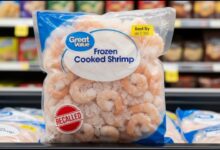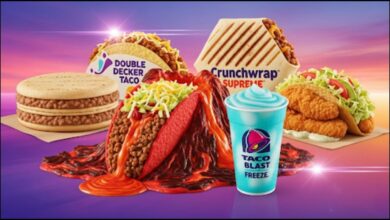What Makes Costco’s Hot Dogs a Business Phenomenon
For four decades, the price of Costco's hot dogs has stood firm at $1.50. This analysis reveals how a commitment to 100% beef, a famous founder's vow, and a strategic shift to in-house manufacturing transformed a simple meal into a retail icon.
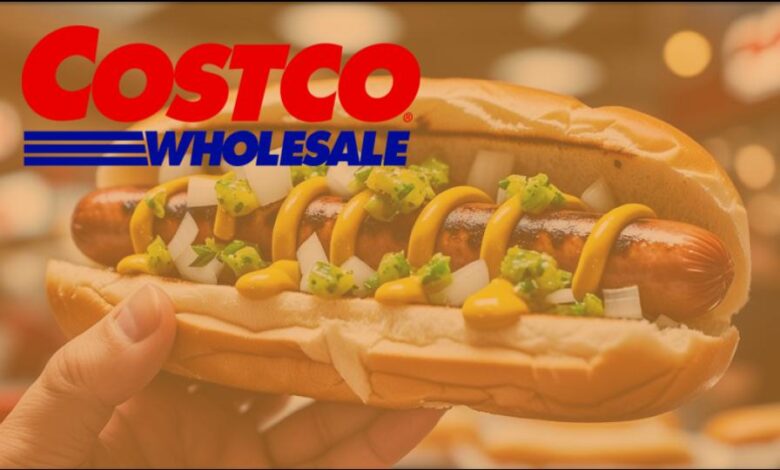
For four decades, in an era marked by rampant inflation and shifting consumer habits, the price of one of America’s most iconic food items has remained unchanged. Costco’s hot dogs, a signature offering at its bustling food courts, still cost just $1.50, including a 20-ounce soda. This steadfast pricing, combined with a commitment to quality, has transformed a simple meal into a cornerstone of the company’s brand identity and a case study in customer loyalty.
Key Insights
| Key Fact | Detail / Statistic |
| Unyielding Price | The hot dog and soda combo has been priced at $1.50 since 1985. |
| Product Integrity | The Kirkland Signature hot dogs are 100% all-beef with no corn syrup, fillers, or by-products. |
| Strategic Production | Costco vertically integrated, building its own hot dog manufacturing plants to control costs. |
| Founder’s Mandate | Co-founder Jim Sinegal famously told the CEO, “If you raise the… hot dog, I will kill you.” |
| Sales Volume | Costco sells well over 100 million hot dogs annually, more than every MLB stadium combined. |
The Anatomy of a High-Quality Hot Dog
At the core of the product’s success is a deliberate focus on ingredients. When Costco switched from its original supplier, Hebrew National, in 2009, it did so to control its supply chain and maintain its price point. The result was the Kirkland Signature beef wiener, a product that has since defined the experience.
100% Beef and a Lack of Fillers
Unlike many hot dogs on the market that may contain a mix of meats, fillers, and by-products, Costco’s offering is 100% beef. According to company statements, this commitment to a pure-beef product is a primary driver of its taste and texture. The hot dogs are also larger than many competitors, weighing in at a quarter-pound (4 ounces) before cooking.
“The formulation is relatively straightforward, which is often a marker of a quality processed meat product,” said Dr. Devon Smith, a food scientist and consumer product consultant. “Using 100% beef provides a rich flavor and a satisfyingly firm bite. The absence of cheaper fillers like mechanically separated poultry means the consumer is getting a more premium product, which is unexpected at such a low price point.”
The ingredient list also features water, salt, spices, and dextrose. Dextrose, a simple sugar chemically identical to glucose, adds a subtle sweetness that balances the salt and savory spices, a common technique in cured meats to create a more complex flavor profile.
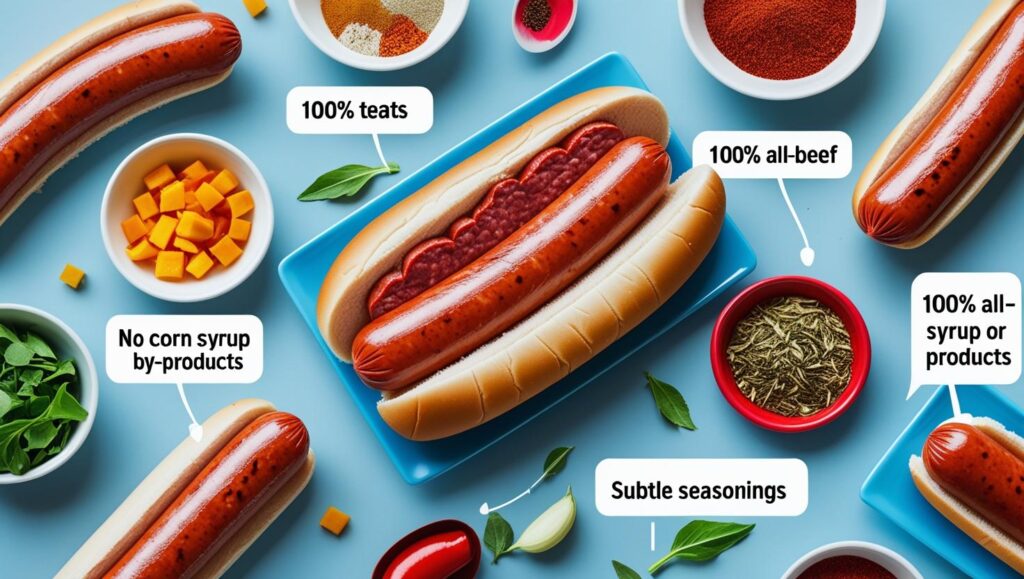
The Unshakeable Price: A Four-Decade Commitment to $1.50
The most famous aspect of Costco’s hot dogs is undoubtedly the price. The $1.50 hot dog combo is a classic example of a “loss leader”—a product sold at or below cost to attract customers into the store. The warehouse club giant is willing to forfeit profits on its food court staple with the understanding that customers who stop for a cheap meal are highly likely to proceed with a full shopping cart, spending hundreds of dollars on other goods.
A Founder’s Mandate
The commitment to this price is deeply ingrained in Costco’s corporate culture. W. Craig Jelinek, the company’s chief executive, recounted a conversation with Costco co-founder Jim Sinegal on the topic. At a 2018 event, Jelinek stated he approached Sinegal about the unprofitability of the hot dog.
“I came to Jim once and I said, ‘Jim, we can’t sell this hot dog for a buck fifty. We are losing our rear ends,'” Jelinek recalled. “And he said, ‘If you raise the effing hot dog, I will kill you. Figure it out.'”
That mandate has held firm. In a 2022 interview with CNBC, Jelinek gave a one-word answer when asked if the price would ever change amid record inflation: “No.” For Costco, the price is not merely a number; it is a symbol of trust and value for its members.
From Supplier to Self-Sufficient: The Move to In-House Production
When faced with rising costs from their supplier, instead of raising the consumer price, Costco made a pivotal business decision: it brought production in-house. The company invested in its own meat processing facilities, first in Los Angeles and later in Chicago.
This move to vertical integration was a significant strategic shift. It allowed Costco to:
- Control Costs: By eliminating the middleman, Costco could manage the entire production process and stabilize expenses.
- Ensure Quality: The company gained direct oversight of the ingredient sourcing and manufacturing, ensuring the hot dogs met its specific Kirkland Signature standards.
- Maintain the Price: This control over the supply chain is the primary mechanism that allows the food court to continue offering the combo at its 1985 price.
“This is a classic Costco move,” explained Dr. Anjali Kumar, a professor of supply chain management at Georgetown University. “They identify a key product for their members, and if the external market can’t provide it at the value they demand, they build the system to do it themselves. It reinforces their entire business model, which is built on operational efficiency and bulk purchasing power.”
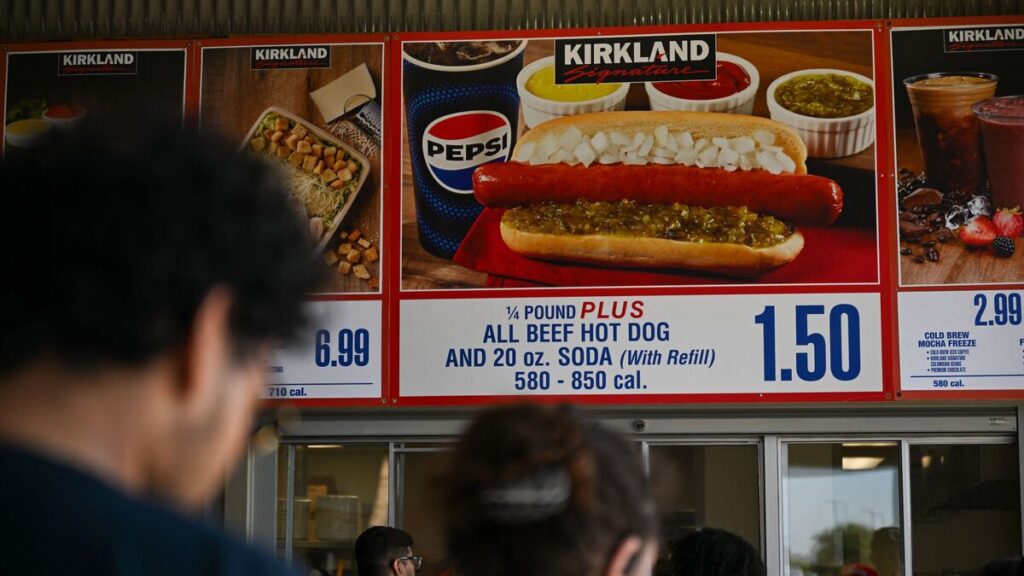
This strategy extends globally. While condiment offerings may vary by country to suit local tastes—such as poutine in Canada or sauerkraut in some U.S. locations—the core product and its remarkable value proposition remain consistent across Costco’s international operations.
The enduring legacy of Costco’s hot dogs is not just about the food itself but what it represents. In a complex and often inflationary world, the simplicity of a high-quality, reliably priced meal serves as a powerful anchor for one of the world’s largest retailers. It’s a tangible promise to the consumer: no matter what changes, the value here will not.
The Ultimate Guide to Creating a Fun & Delicious Hot Dog Bar




